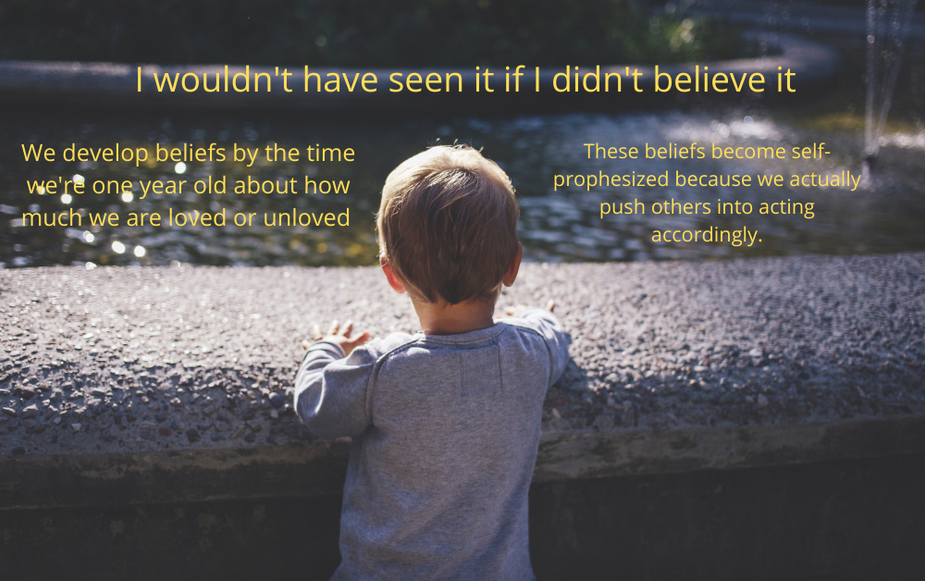

What are attachment styles?
In a few words, attachment styles are adaptations in our behaviour. By the time we are one year old we 'feel' that we must behave in certain ways to be accepted by our parents and the larger world.
Here is a brief summary of attachment styles:
Secure attachment: I'm worthy. My feelings mean something to others
A person with secure attachment might be better at debating and also hearing what other people have said.
Avoidant attachment: I didn't get what I needed in my earliest days so I don't need anything from anybody now. I am an island unto myself.
This person won't let people help and might over-give which throws relationships out of balance. They will also occasionally want recognition and won't understand why others don't see the need. They expect other people to miraculously know that they want support in that moment.
Ambivalent attachment: This person can be clingy or pushy in their relationships.
Their caregiver was inconsistent in the way they showed up. If the caregiver had enough time and space to honour the child's needs then they would be there but there were too many times when that was not the case for that person so they grew to not trust support, love, and friendship would stay.
Disorganized attachment: This is a combination of Avoidant and ambivalent attachment:
This person will oscillate between the two. They feel like they don't get much from relationships. Mutuality in relationships can be strained so they tend to try to get more out of relationships than they give.
We can work our way to secure attachment if we have developed adaptations of any of the other attachment styles. These adaptations get our head and body going in different directions. It helps to sit with a trusted person and break down the pieces. We can express our thoughts, slow the conversation down, and with some gentle guidance, we can feel where these misunderstandings of ourselves and the way we are perceived live in our bodies. This is known as top-down and bottom-up work. We bring our brain and the rest of our body together so they're no longer going in opposite directions.
You might like to sign up for my newsletter here: https://www.rhythmicwaveshealing.ca/newsletter-sign-up
You might like to read about my workshops here:
https://www.rhythmicwaveshealing.ca/w-o-r-k-s-h-o-p-s